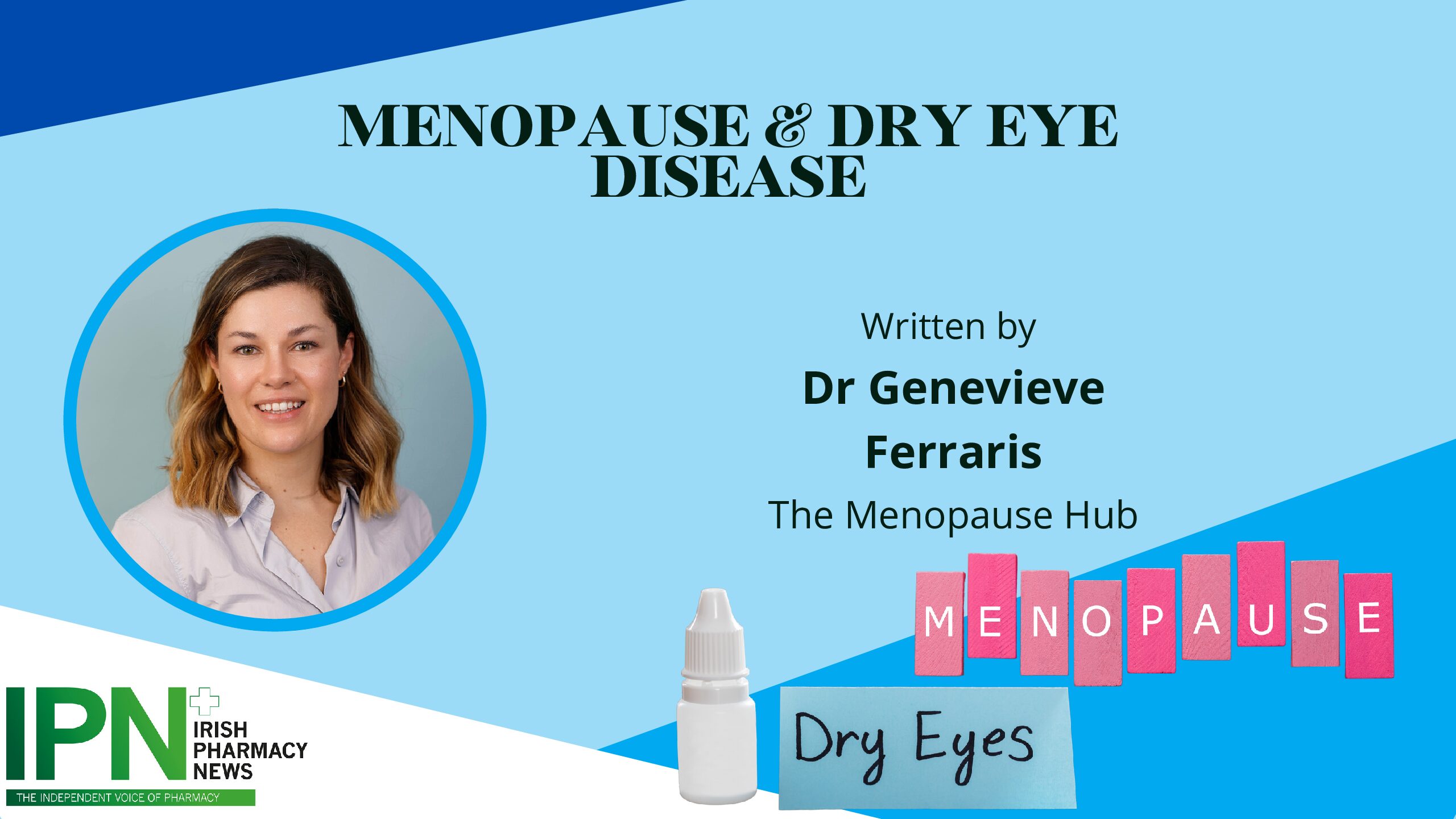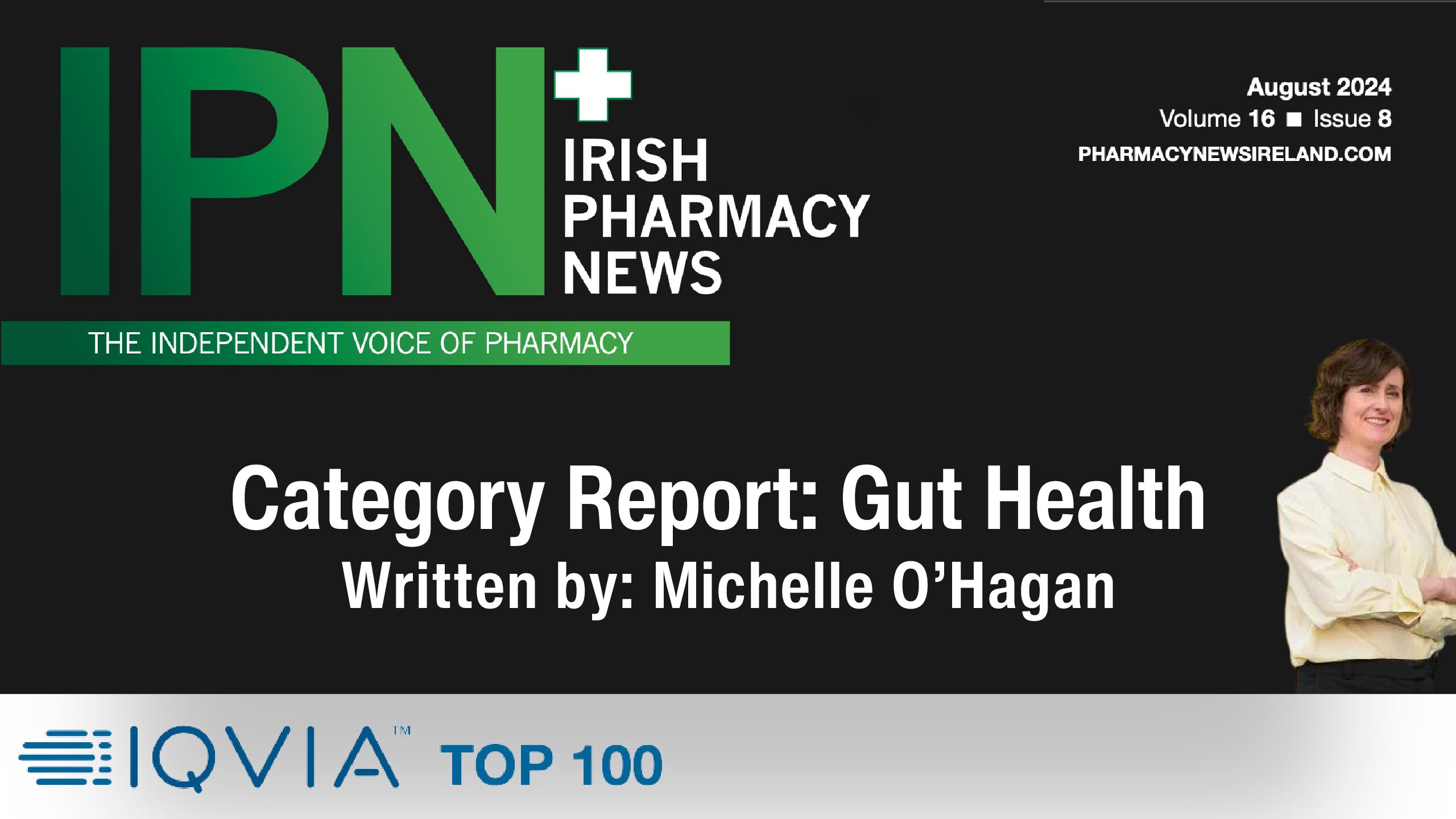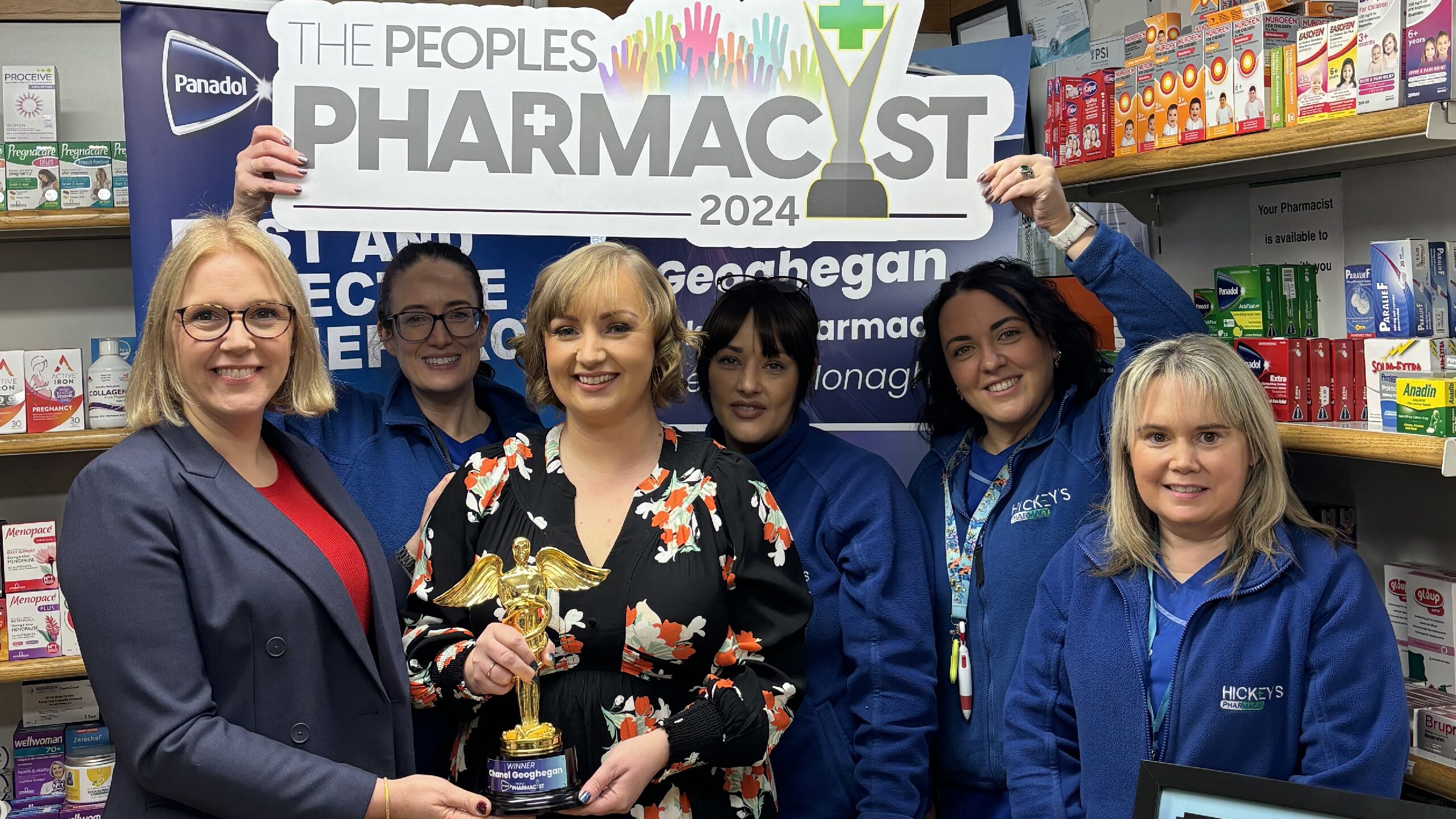Menopause is currently a hot topic (pun intended!). Many people are familiar with the typical symptoms of the menopause transition – vasomotor symptoms (hot flushes), mood changes, insomnia and genitourinary symptoms. However there are over 40 recognised symptoms of menopause, and this article aims to explore one of the lesser known symptoms; dry eyes.

Dry eye disease is a multifactorial disease of the ocular surface, occurring due to a loss of homeostasis of the tear film. 1 Patients present with symptoms of eye irritation, including redness, excessive tearing, a sensation of grittiness or burning, blurry vision and light sensitivity. 2 Dry eye disease is not a unique symptom specific to menopause, and may also occur in patients with diabetes, Sjogren’s syndrome and as a side effect of various medications. However as it may point to an underlying hormonal issue if it occurs in a woman of menopausal age, it should prompt the healthcare provider to ask about other symptoms of menopause.
There are various risk factors for the development of dry eye disease, but of relevance here is advanced age, female sex, and hormonal changes associated with pregnancy, oral contraceptive use, and menopause. The underlying hormonal change is a decrease in androgens, either from reduced ovarian function or increased levels of sex hormone binding globulin. 1 Androgen and estrogen receptors are located in the lacrimal and Meibomian glands, and a reduction in circulating sex hormones seems to affect both the functional and secretory aspect of the lacrimal gland as well as the loss of the lipid layer in Meibomian gland secretions. 1 There is also hormonal dysregulation of secretory glands in general in menopause, putting menopausal women at a higher risk of dry eye disease. 3
The pathophysiology of dry eye disease is multifactorial. A healthy eye tear film relies on the interaction of lacrimal glands, eyelids and the ocular surface. Dysfunction of any of these components can lead to dry eye disease. 2 There are two major types of dry eye disease – aqueous deficient dry eye and evaporative dry eye. Evaporative dry eye results from tear film lipid deficiency as a result of Meibomian gland dysfunction. Aqueous dry eye, as a result of reduced tear production from the lacrimal glands, can also exacerbate Meibomian gland dysfunction. 3 It is now believed that in most cases of dry eye disease both mechanisms are present. 2
Dry eye disease may have significant impact on activities of daily living, workplace productivity and social functioning. 2 When it appears in the menopause transition it is likely to be accompanied by other distressing symptoms, which may further affect work, life and socialising. Patients are also likely to incur medical costs through visits to various healthcare professionals as well as pharmacological and non-pharmacological therapies. 2 Often when patients come to see me for the management of their menopause they report previous visits to the optometrist, GP and even the emergency department to seek relief of their dry eye symptoms.
Diagnosis is based on characteristic patient symptoms, and supportive findings on examination include conjunctival injection, excessive tearing, blepharitis and breakdown of ocular surface. 2 When taking a history from female patients it would be prudent to ask about any menstrual irregularities, whether or not she is on contraception or HRT and if she is experiencing any other menopausal symptoms. Her presentation for dry eye may be her first presentation at a healthcare provider for a menopause-related symptom. One should also consider the screening opportunity for healthcare providers who treat patients in perimenopause and menopause. These practitioners should ask about and assess for symptoms of dry eye disease and provide education to help women manage their eye health. 4
First line treatment of dry eye disease involves 1
• patient education around the condition, management and prognosis
• reviewing current medication and modifying if possible (if contributing to symptoms)
• modification of the patient’s environment
• tear supplementation (artificial tears)
The aims of tear supplementation are increased tear production, reduced tear evaporation and resorption and less ocular surface inflammation. 2 Artificial tears generally contain cellulose to maintain viscosity and a spreading agent like polyethylene glycol to prevent evaporation. They come in liquid, gel and ointment forms – choice of formulation would be down to patient preference although a gel or ointment may temporarily affect vision and would be preferable to use at night. 1
Oral omega 3 supplementation has been found to be protective against Meibomian gland dysfunction 4 and has anti-inflammatory properties which aid in the production of tears and improve ocular surface function. 1
Patients should be encouraged to add an appropriate omega 3 supplement to their diet.
Although HRT has been consistently shown to improve menopausal symptoms when compared with placebo and remains the most effective treatment for menopausal symptoms for most women, 5 evidence is lacking as to whether it will specifically improve dry eye disease in menopause. A systematic review and metaanalysis published in the Canadian Journal of Ophthalmology in 2020 showed no significant reduction in dry eye symptoms with HRT over a 6 month period, however they noted that ‘more goodquality randomized control trials are needed to make accurate conclusions’. 6
In summary, women going through the menopause transition may experience dry eyes as a symptom. They should be offered treatment specifically to manage this symptom, but healthcare providers should also be aware of the link between menopause and dry eye disease and be open to discussing this with the patient. HRT should not be offered specifically to treat dry eye but it may still be appropriate for a patient with other menopausal symptoms in addition to her ophthalmological complaints.
www.themenopausehub.ie – Ireland’s only dedicated multidisciplinary menopause clinic.
References available on request












